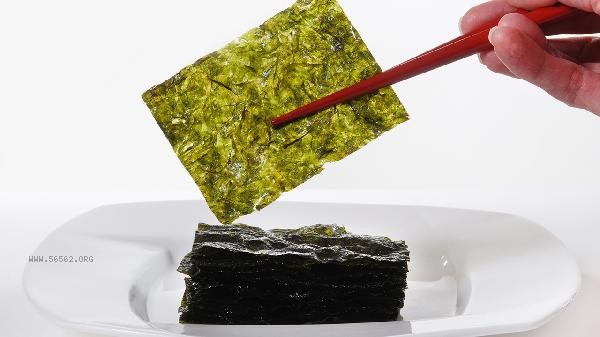Wet seaweed can be frozen and stored, but its taste will deteriorate after thawing. After freezing, the cell structure of seaweed may be damaged, resulting in a softer texture and loss of freshness. It is recommended to prioritize dry and sealed storage. Wet seaweed contains a high amount of moisture, and when directly frozen, water crystals can damage the cell walls of the seaweed. After thawing, it is prone to become soft and fragmented. For short-term storage, wet seaweed can be drained of water and placed in a fresh-keeping bag, squeezed out of the air, sealed and frozen, and consumed within two weeks. If long-term storage is required, it is recommended to dry the seaweed until the moisture content is below 15%, and then put it in a moisture-proof bag for freezing, which can be stored for several months. In special circumstances such as purchasing a large amount of fresh seaweed, it can be boiled in batches, drained, and frozen. Quickly blanching with boiling water can inactivate enzymes and reduce nutrient loss. Keeping a small amount of soup during packaging can slow down dehydration. However, this method still cannot fully maintain the original crispy and tender taste, and is suitable for cooking soup or seasoning. It is not recommended to directly mix it with cold food.

It is recommended to purchase dry seaweed slices for daily use, seal and store in a cool place after opening. If seaweed is found to be damp and sticky, it can be dried in a flat oven at 60 ℃ for 10 minutes to restore its brittleness. Frozen seaweed does not need to be thawed before use. Cooking it directly can reduce juice leakage. Pairing it with ingredients such as tofu and eggs can make up for the lack of taste and avoid being served as a cold dish alone.










Comments (0)
Leave a Comment
No comments yet
Be the first to share your thoughts!